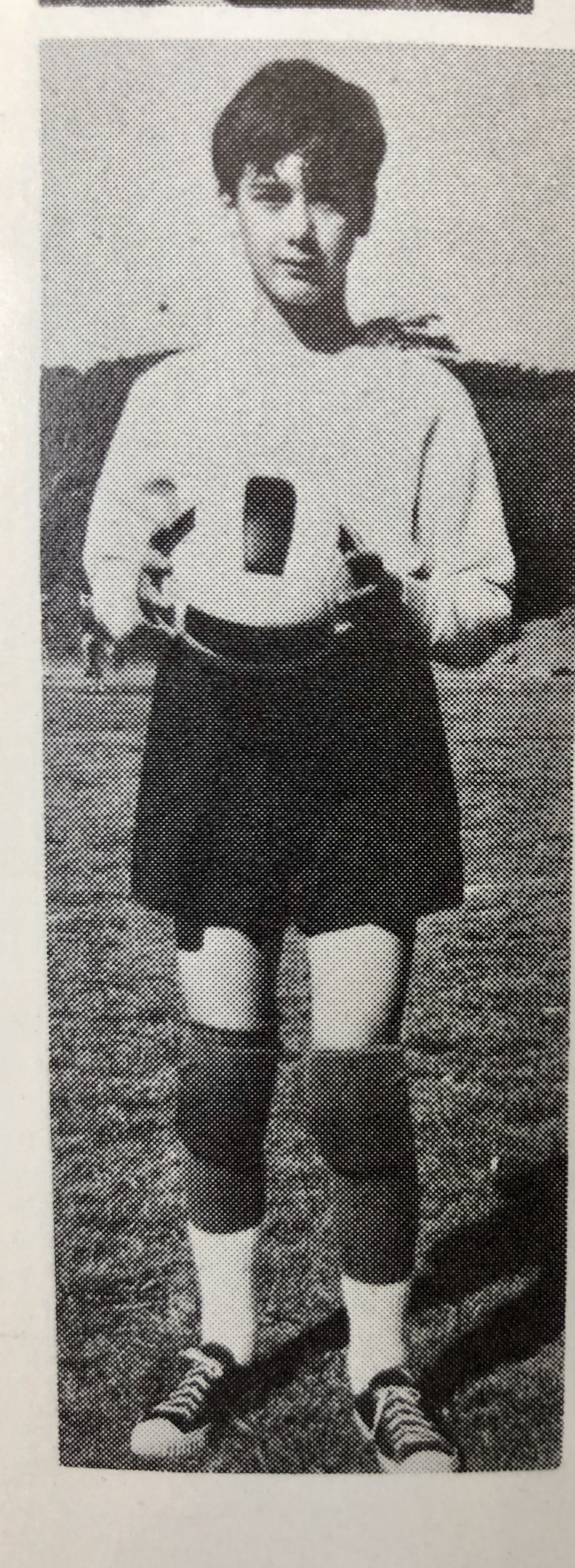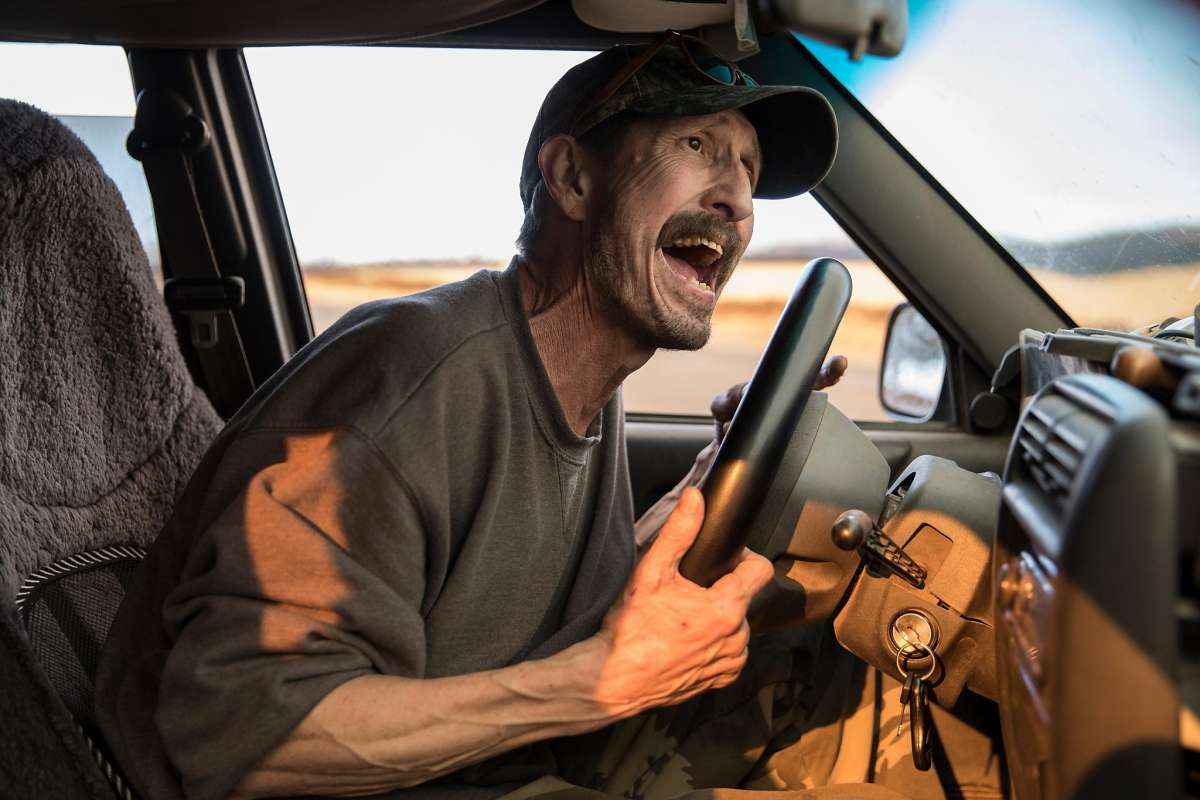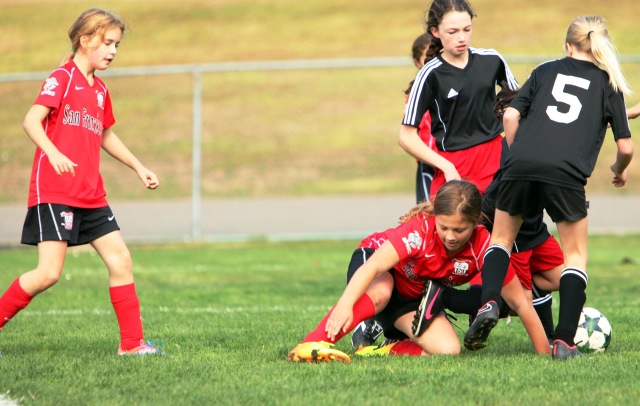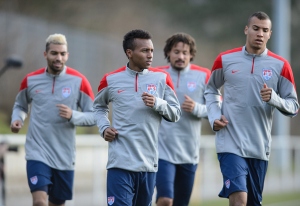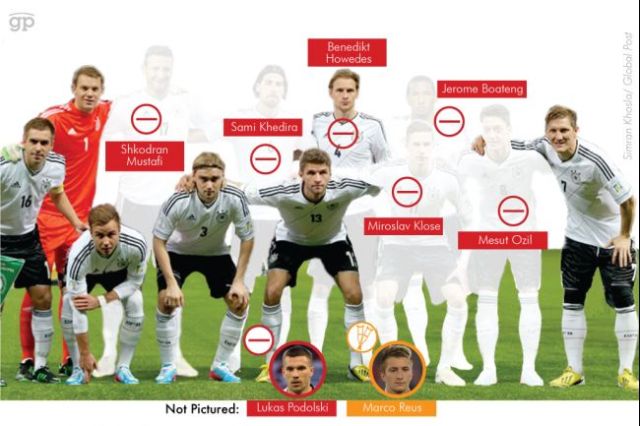“You’re not mean, you’re strict.” This was some of the best feedback a Vikings player ever gave me. I don’t remember who it was, or which team. I do remember that it sounded heartfelt and I could see other agree. The comment was in response to my asking the players if I pushed too hard, was I too mean to them in training?
This is the edge we surf as coaches, educators, even managers in business. We are in a business where perception outweighs reality. It is more important that we seem knowledgeable, authoritative, and confident. Active, screaming coaches appear more engaged and desirable than ones who sit and watch, talking to players on the bench more than those on the field.
Three voices are in my head as I run my finger along this edge of kindness to players and exacting performance from them.
Todd Beane weighs in to remind me: “JOY- Remember that your kids need to enjoy football before they want to learn about football. Have fun today. Where we get it wrong… We tend to reflect upon our training exercises. Instead, consider reflecting upon relationships. Did you inspire and educate each player? When? How? (Exercises are merely a means to this end.)”

We don’t go places we do not enjoy. No one visits the dentist for fun. Everyone in line at the DMV is there because they see no alternative. Clearly, training must be pleasureable, it should be the high point of a player’s day. We know we get close to this when they ask “is practice over already?”
But the fun cannot consist of pulling each other’s hair, throwing grass, or squirting each other from water bottles. Not if learning is to take place.
A core portion of Raymond Verheijen’s message is that coaches must tread the fine line when we impose overload on our players. Overload is that “just-right challenge” where learning fires. Like the Three Bears, it’s the mama-bear zone between “this is old hat” and “this is impossible.” He points out that the difference determines what part of the brain is activated. In a properly challenging training session, the players operate with their prefrontal cortex engaged. But press too hard, criticize the person and not the action, threaten their survival on the team, then players operate from the amygdala, survival instinct kicks in and poor decisions ensue.
So, what’s the difference between a challenge and a threat in football training? Consequence. A challenge is a puzzle imposed on the player asking the question “can you solve this?” It can be a 3v1 rondo, 4v4+2 positional play, or 7v7 tournament game. A threat is perceived when the coach behaves in a way where players feel their existence is under attack. For a player this can be as simple as losing status as a starter, or moving from the varsity to JV. Getting cut is the ultimate negative consequence. If a player’s role is to play, then being removed from the team is akin to death.
What insulates players from threat? Safety. But if safety means not getting demoted or cut, coaches cannot operate in meritocracy without moving players up and down according to their performance.
The third voice I heard today was new to me. Raina Telgemeier is a rockstar of an author among the Young Adult set. “Like the Beatles for children,” is a quote from an article in The Atlantic on her. A NYT review said her work served to “provide a remarkably well-rendered and accessible first-person account of what it’s like to experience clinical anxiety as a 10-year-old girl.” While the conflicts in her stories are not sports-related, the through line is that her works are incredibly popular because they provide a vehicle for kids to interact with their feelings of anxiety, fear, isolation and unworthiness. She writes stories such that young readers can say they feel “Like I finally fitted in. Like there was someone else in the world who felt like me.”
A NYT article from 2019 on Raina pointed out, “Children are struggling. Over the last decade, cases of anxiety disorder in young people have increased by 20 percent or more. Rates of suicide and suicidal thinking have risen sharply among young people of all ages.” Whether the causes are the COVID Pandemic, too much screen time and social media, or helicopter parenting, the effects on children are clear.
For my soccer players, does playing increase their anxiety or provide a respite from it? How do I ride the edge of challenging them every day without making them anxious or doubt themselves? Albert Puig is a coach who once was in charge of Barcelona’s famed La Masia youth academy. Perhaps the clue lies in something he told an audience of Northern California youth coaches: “A player will forget what you taught them, but they will always remember how you treated them.”

